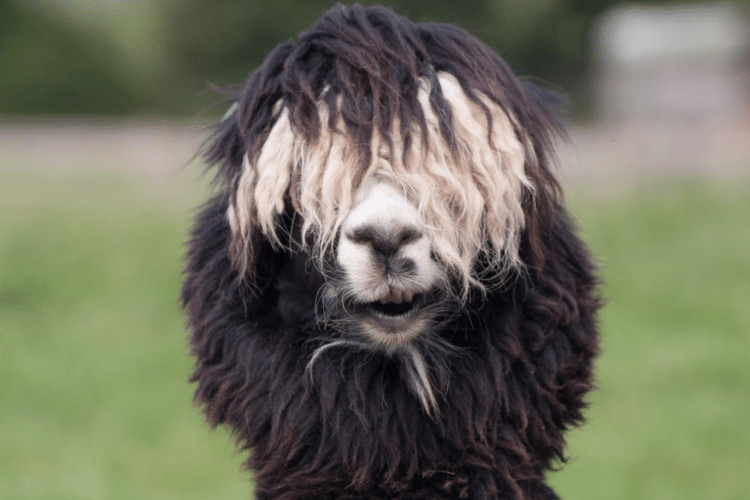Heads up! I’m NOT a doctor or nutritionist. I’m not giving you any medical advice or dietary recommendations here. Check with your doctor before you make any changes to your lifestyle, diet, or supplement regimen.
So you’ve got iron overload, and you really want to grow your hair back after watching one too many clumps of hair sadly disappear down your bathtub drain.
If you haven’t read parts 1-3 yet, start here. This is part 4, and it’s all about topical remedies to reverse hair loss – like shampoos, serums, hair oils, and scalp treatments. We’ll also cover manual treatments (like laser therapy and acupuncture) and do a quick run-through of over-the-counter and prescription drugs.
Before you read on, here’s the bad news:
Losing hair can take a psychological toll, especially since most people consider their hair to be an “important part of personal attractiveness.” Thinning hair and balding both lower self-esteem and cause feelings of depression. It’s no surprise that the hair growth industry is huge (it’s a $7.3 billion dollar market). Predictably, there are TONS of hair myths out there. People put all sorts of goos and random ingredients on their hair, and they buy faulty appliances and hair tools because they got sucked into a marketing scam or their cousin’s friend’s mom’s coworker “swears” on it. You’ve probably fallen for at least one of these too-good-to-be-true urban legends.
The good news?
No matter how frustrated and discouraged you’re feeling about your hair, know this: since hair loss is such a prevalent phenomenon, it’s also becoming a highly studied one, and scientists have been able to pinpoint certain substances and treatments as clear and proven solutions. Every day, more studies reveal promising applications of plant extracts, chemical compounds, and cutting edge technologies, as well as age-old remedies. So let’s crack the books and find out which ones perform the best!
TOPICAL REMEDIES FOR HAIR GROWTH
Who would’ve thought rubbing stuff on your scalp could help your hair grow? It might sound weird, but with the right ingredients and dedication, it works.
Out of the slew of products that all tout hair growing abilities, there are a few that stand out because they’ve gotten a scientific stamp of approval to reverse hair loss by doing at least one of the following:
- Restore the hair cycle
- Speed up hair growth
- Repair hair follicles
- Strengthen hair strands
You might be surprised to see some things on this list (onion juice, for real!) and not see others you were expecting (if you still think Rogaine is the best way to grow hair, you might want to re-evaluate).
I also selected these remedies with hemochromatosis at the top of my mind.
That’s why my list below isn’t all-inclusive; it purposely does not cover EVERY single thing that’s got a scientific paper evidencing hair loss reversal.
It’s a list of topical treatments that NOT ONLY have proof for hair growth, but ALSO appear to be safely absorbed into the skin and blood of a person with iron overload.
When you have excess iron hiding out in your blood, cells, and organs that’s capable of causing dangerous free radical damage when it comes into contact with the wrong element, then you’ve got to be 100% sure that you’re using healthy substances with antioxidants and inflammation-fighting ingredients on your skin and scalp to prevent this sort of damage, as opposed to helping it along.
With that in mind, here are the best topical remedies for hair growth.
- Peppermint Oil
- Rosemary Oil
- Caffeine
- Coconut Oil
- Red Clover
- Saw Palmetto
- Seaweed & Algae
- Niacin
- Onion Juice
- Pea Sprout Extract
PEPPERMINT OIL
Think back to your childhood days of roller blading and soccer practice, along with the inevitable sprained wrists and twisted ankles. You remember that tingling sensation when you massaged Icy Hot onto your aching muscles? That’s thanks to menthol – the main compound in peppermint oil. Menthol increases blood flow to the body part where it is applied. Researchers found that a 4% menthol solution causes blood vessels to widen, which allows more blood to circulate to the affected area.
When menthol is used on your head, the extra blood flow means your scalp experiences an influx of oxygen and nutrients. Higher oxygen and nutrient levels can make hair grow faster, as well as expand the number and the size of hair follicles on your head.
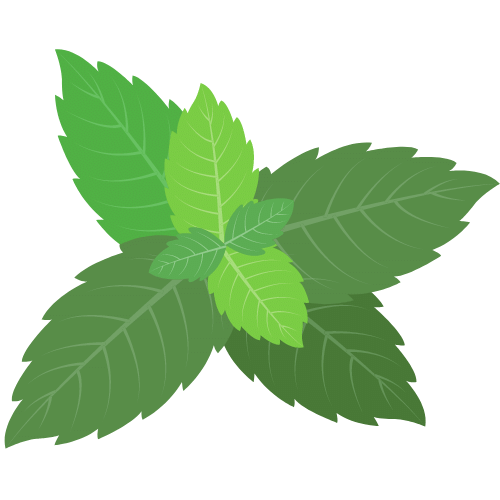
In one study where peppermint and Minoxidil (the active chemical ingredient in Rogaine) were weighed against each other, peppermint oil improved hair growth by 92% after four weeks (compared to only 55% for those using Minoxidil).
To incorporate peppermint into your daily hair care, try Bondi Boost Intensive Growth Spray. It adds less than 10 seconds to your routine – just pump a few spritzes into your roots in the morning, then style your hair as usual. This growth spray also give you the benefits of rosemary oil…more on that right below!
ROSEMARY OIL
When evaluated against Minoxidil – which is currently the only FDA approved over-the-counter treatment for hair growth – researchers determined that rosemary and Minoxidil grew hair at the same rate as one another with “no significant difference.” Rosemary can be especially helpful because it induces less itching and discomfort on the scalp.
Rosemary works by keeping hair in the growing phase for a longer period of time. It does this by preventing certain hormones from shrinking your hair follicles. Preservation of your hair follicles’ fullness allows your hair strands to continue growing.
Here are some hair products with rosemary to get you started:
- Bondi Boost Intensive Growth Spray
- Weleda Rosemary Conditioning Hair Oil
Or make your own rosemary hair spritz – check out this tutorial.
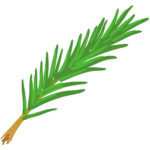
CAFFEINE
We’re used to seeing it in our favorite morning beverages, but in shampoo too? By all means! Like rosemary, caffeine counteracts the shrinking force on hair follicles brought about by hormonal imbalances or stress. By keeping your follicles intact and healthy, caffeine has “growth-promoting effects” on hair for both men and women.
If you’re a coffee drinker, make your own coffee scalp scrub by adding 4 tablespoons of previously brewed coffee grounds to 6 tablespoons of your favorite hair oil. Place the mixture in an airtight container and store in the fridge. Next time you shower, take a spoonful and massage it into your scalp, let sit for 10 minutes, then wash your hair as normal.
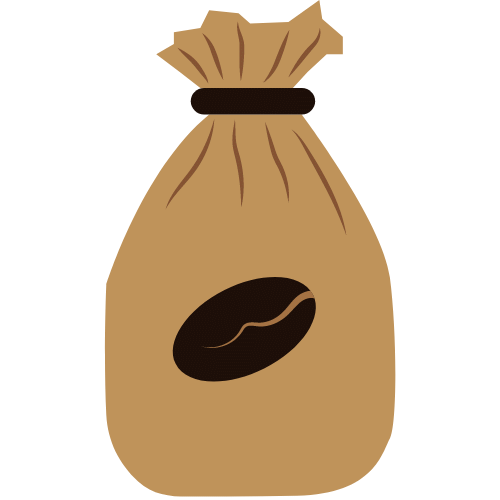
Ready to caffeinate your hair care treatments but you’re not a DIY-er? Frank Body Caffeinated Scalp Scrub followed by True Pure Caffeine Shampoo will “wake up” your morning shower routine. If you’re into hair masks, this Stimulating Weekly Scalp Mask is for you.
COCONUT OIL
Coconut oil has become a sensation in the skin and hair world. Here’s why you should add it to your hair care routine: hygral fatigue.
I’ll explain –
Every time you wash and dry your hair, each individual strand expands with water and then shrinks as it dries. With the constant repetition of swelling and drying day in and day out, your hair eventually weakens. The more you wash your hair, the more likely this pattern will lead to “hygral fatigue,” which essentially means “worn down hair.” Hygral fatigue is a major contributor to split ends and hair breakage.
You can compare it to washing and drying your clothes – the fibers in your clothes are similar to your hair. The clothes you put in the washer and dryer most often will wear down fastest, ending up misshapen, pilly, and hole-y. Same goes for your hair, which will eventually snap or split after too much washing and drying.
That’s why all hair, regardless of texture, needs oil. Oil creates a protective layer over hair strands that blocks water from going in or out, easing the expanding/shrinking tension and allowing your hair to maintain its elasticity.
Oils are particularly important if you have thinning hair because it’s more prone to brittleness.
So then, why coconut oil specifically?
Coconut oil has special benefits over other oils. Unlike other oils, coconut oil penetrates your hair, as opposed to just coating the outside. And in a study comparing sunflower, mineral, and coconut oil, coconut oil was the only oil of the three found to “reduce the protein loss for both undamaged and damaged hair when used as a prewash and postwash grooming product.”

Because coconut oil is so thick, it’s best to mix in a small amount with other growth-boosting ingredients and hair healthy oils. Good mixers for coconut oil include:
- Argan oil, which is high in antioxidants and combats oxidative stress.
- Jojoba oil, which has a similar composition to the sebum your scalp produces naturally, so it helps regulate oil production.
- Hemp oil, which is rich in omega 3, 6, and 9, as well as amino acids.
- Tamanu oil, which provides natural SPF and UV protection.
Don’t just smother your head in plain coconut oil – “you might overshampoo your hair to get it out, and then you’ll end up drying your hair and undoing any benefit,” according to dermatologist Francesca Fusco.
Want to explore the benefits of coconut oil? Get started with the coconut-based Coco and Eve Hair Mask that’s got swarms of people swooning over it. Or try Briogeo’s superfoods banana + coconut hair pack, which won the 2020 Allure reader’s choice award.
RED CLOVER
Those famous blossoms aren’t just Thumper and Bambi’s favorite snack – red clover is in the spotlight for reducing baldness.
In a study on hair growth using red clover and a biomimetic peptide (the peptide helps with absorption), the ratio of growing hair to resting hair increased by 46% after 4 months of daily hair treatments. Another study on postmenopausal women found that red clover improved scalp hair and skin status.
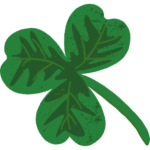
Interested? Vegamour GRO Hair Serum is made with red clover as a key ingredient, and the reviews show before and after photos with impressive results.
SAW PALMETTO
It’s time to get tropical.
A member of the palm tree family that’s been previously studied for its prospective role in reducing men’s prostate problems, saw palmetto more recently made headlines in the hair care world when a group of 34 men and 28 women, all between the ages of 18-48, used it in their shampoo for three months.
Outcome: 35% increase in hair density, meaning they sprouted a little over 1/3 more hair than they currently had on their head!
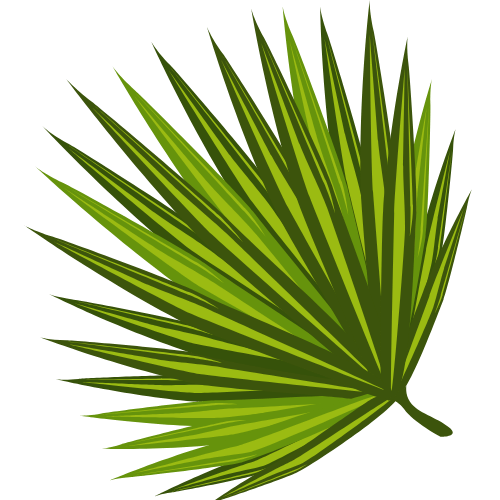
If you want to adventure into saw palmetto hair products, Bondi Boost – the popular Australian hair company advised by a team of doctors, dermatologists, trichologists, and hair care experts – has formulated their own Hair Growth Shampoo & Conditioner. Pura D’Or has a Professional Grade Anti-Hair Thinning Shampoo & Conditioner that’s paraben, phthalate, and cruelty free.
SEAWEED & ALGAE
Marine plants like algae and seaweed are old folk remedies for hair loss, and science is now jumping on the aquatic bandwagon and coming to the same conclusion.
For example, a blend of wakame and kombu seaweed extracts provoked hair growth in mice “similar to the effect from minoxidil” in just two weeks. Need a demonstration? Check out the photos!
A study on the marine algae Ishige sinicola established it has the “potential to treat alopecia.”
Ecklonia cava researchers concluded that this special sea algae can “stimulate hair growth.”
Why are these plants so effective? Seaweed and algae are nutrition powerhouses. In fact, they’re a well-known staple food of the Okinawans – people famous for having the longest life expectancy on the planet! Okinawans eat seaweed every single day – consuming more seaweed than anyone else in the world.
Luckily for us, many of seaweed’s nutrients get absorbed by hair when seaweed is applied topically.*
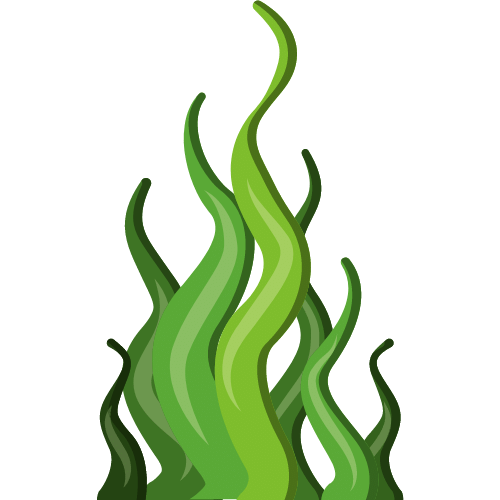
Dermatologists think seaweed and algae work by removing excess sebum buildup on the scalp, giving life to healthier follicles that are no longer clogged up with chemical build-up from hair products, dirt, pollution, fungus, or bacteria.
My favorite seaweed products include Aveda Pramasana Protective Scalp Concentrate which also has tamanu oil – great for protecting your hair from UV damage if you’re in the sun a lot! I’m also a fan of The Seaweed Bath Co. – especially the Hydrating Balancing Shampoo & Conditioner.
*In case you’re nerdy like me and curious about iron absorption from topical seaweed: Iron is “poorly permeable across the skin.” What a relief! No need to worry about iron seeping into your bloodstream when you use a seaweed shampoo or other beauty products with iron-rich ingredients.
NIACIN
Niacin is another name for vitamin B3. It’s used in wellness products, vitamins, and medications. If you look at your pill bottles and beauty products, you’ll see niacin most commonly in one of two forms: either as niacinamide or nicotinic acid.
Nicotinic acid improves cholesterol levels and promotes heart health, whereas niacinamide is known for its role in skin conditions. With powerful antioxidants, niacinamide defends skin cells against sun damage and has a restorative effect on your skin and scalp. Dermatologist Doris Day says, “…niacinamide can help support overall scalp health and reduce inflammation, which is a major component of hair loss.”
Niacinamide also increases your body’s production of keratin – keratin is the protein your hair is made of. Another BIG reason why it’s a valuable addition to your hair growing regimen.
In a double blind study of 60 women with hair loss, topically applying niacin “demonstrated a statistically significant increase in hair fullness” compared to the placebo.
Ready to boost your B3? Try Sunday Riley’s Clean Rinse Clarifying Scalp Serum with Niacinamide.
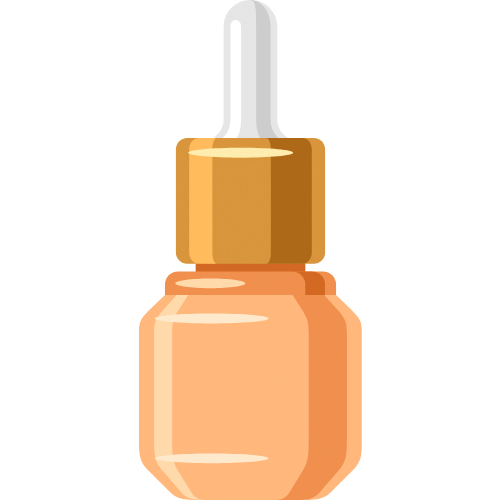
ONION JUICE
If you’re feeling bold, opt for the onion juice method!
In a study of alopecia areata (a type of baldness where the immune system attacks hair follicles) 20 out of 23 people saw hair growth after 6 weeks of a 2x per day application of “crude onion juice.” Compare that to the control group who used tap water instead of onion juice – only 13% experienced hair growth. One reason why onions may be surprisingly productive at growing hair is because they have high levels of sulfur – a chief ingredient for building keratin.
To save $$$ on your hair care budget, and if you can handle chopping onions without a face full of tears, then take a stab at a DIY onion juice hair mask. You’ll need two medium onions (I recommend red onions because they have a higher concentration of polyphenols and antioxidants). Remove their outer layer. If you have a juicer, then juice away! If you don’t, roughly chop the onions, then place them in a blender and blend thoroughly. Squeeze the blended onions through a cheese cloth to extract the juice. Once you have the juice, use a dropper to apply it evenly on your scalp. Let sit for at least 10 minutes, then wash your hair as normal.
Or, treat your hair with Tara’s Onion Remedy Hair & Root Revival System.
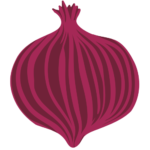
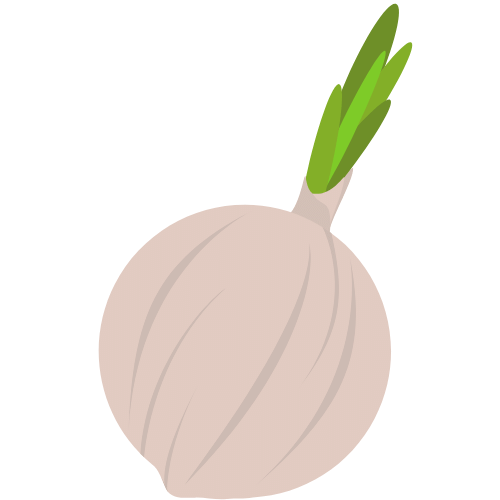
PEA SPROUT EXTRACT
Sprouting seeds and legumes enhances their nutritional value. Pea sprouts especially contain high levels of vitamins and antioxidants, which is one reason why pea sprout extract helps to nourish hair.
There’s something else that makes this tiny plant so mighty – pea sprout extract amplifies the expression of your genes that influence your hair growth. Meaning: it “turns on” your hair growing genes.
Researchers applied 2% pea sprout extract on volunteers and concluded that pea sprout may “safely promote hair growth and reduce hair loss in individuals experiencing excessive hair shedding.”
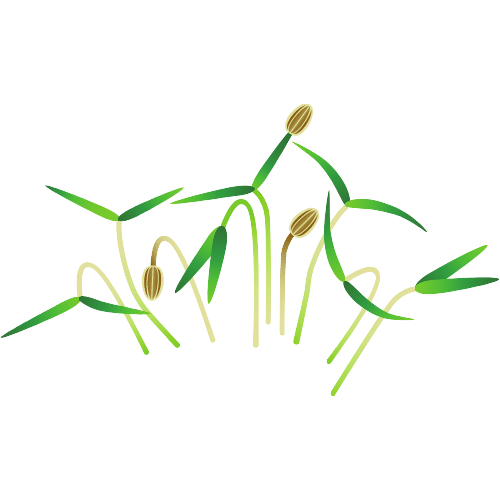
Feeling sold on pea sprout extract? Try Grow Gorgeous Hair Density Serum Intense, a non-toxic and natural serum free from parabens, sulphates, silicones, phthalates, and mineral oil…oh and did I mention it’s vegan-friendly and cruelty free!
MANUAL TREATMENTS FOR HAIR GROWTH
Using special shampoos and applying serums to your scalp isn’t the only way to topically treat hair loss. Start practicing these physical methods and procedures to help your hair grow back fuller and faster.
TRIM
Yes, it’s true: you really do need to trim your hair to help it get longer. Many people trying to grow their hair make the mistake of not trimming at all.
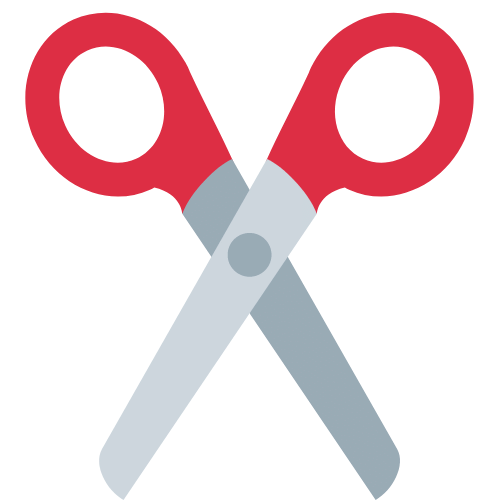
But by keeping your tips clean from split ends, you actually prevent hair loss. Split ends are the demise of your hair goals – when a hair splits, the rip continues to move up the hair shaft and can eventually break off a large section of your hair, preventing it from reaching the length you want.
WASH
Think gentle, regular hair washes. Maintaining scalp hygiene prevents build-up of sebum, dirt, pollution, bacteria, fungus, and chemicals from your hair and household products.
Hair follicles that get clogged with this icky stuff become inflamed, which can ultimately lead to hair loss. If you think your scalp is prone to congestion like this, then washing your hair with shampoo containing seaweed (try pairing seaweed with aloe vera or apple cider vinegar) which has been shown to clean out hair follicles and minimize scalp inflammation, will help.
MASSAGE
“Studies have shown that scalp massage can increase hair thickness by stretching the living hair follicle cells and stimulating them to produce thicker, individual hairs, so I’d suggest them for anyone who wants to have thicker hair,” says dermatologist Jessica Wu in an interview with Allure. And she’s right! As an extra bonus, scalp massages also revitalize blood flow to hair follicles.
And the best part? Massaging your head is convenient and cheap – no equipment or fancy products required. But if you want a trendy scalp massager to boost scalp circulation, then try this one from Briogeo.
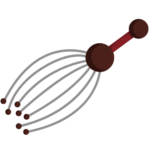
ACUPUNCTURE
Acupuncture – the ancient tradition of sticking patients with teeny, almost invisible needles. While it might sound hippie-dippie, there’s solid proof that it WORKS.
Here’s an example: Researchers randomly split 78 alopecia areata patients into two groups. The first group was treated with a standard minoxidil application, while the rest received plum-blossom acupuncture (a type of acupuncture using 7 needles in the shape of a flower).
- Total hair regrowth in 58.1% of acupuncture patients
- Total hair regrowth in 34.3% of minoxidil patients
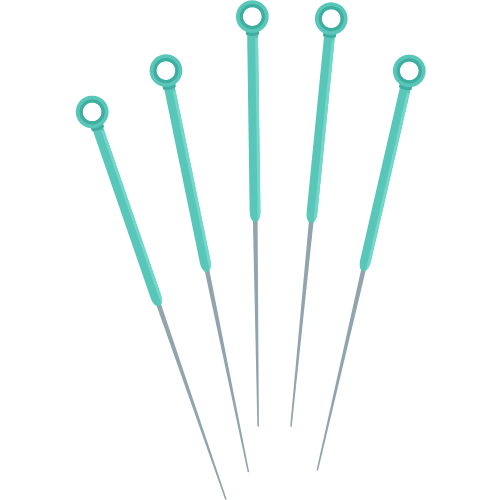
LASER THERAPY
Having been used for over 50 years in a medical setting, laser therapy is considered to be an incredibly safe and successful method for treating a variety of conditions ranging from musculoskeletal pain to skin problems.
What’s known as “low level laser therapy” triggers protein synthesis in the body. This boost to your body’s protein-making abilities aids hair growth. With plenty of trials showing improvement in people experiencing hair loss and tons of at-home laser devices (they’ve invented everything from laser hats to laser brushes), it’s an easy and accessible way to get thicker hair.

DRUGSTORE & PRESCRIPTION TREATMENTS FOR HAIR GROWTH
While I personally try to stick with non-toxic, drug-free products whenever possible, if the natural route isn’t for you, there are conventional options that you can pick up at the drugstore, either over-the-counter or with a prescription from your doctor.
- Minoxidil – the industry standard (i.e. Rogaine). Apply it topically to your scalp daily; it takes about two months to see results. Minoxidil works by reducing DHT (a hormone that causes hair loss) which helps to keep hair in the growing phase for longer.
- Pyrithione Zinc Shampoo – an antidandruff shampoo that can also alleviate hair loss, pyrithione zinc works best for for people whose follicles are clogged due to dandruff, bacteria, fungus, excess sebum, etc.
- Anti-Androgens – Androgens are male hormones. Anti-androgens taken to block the effects of these hormone (one of the main effects being hair loss). Examples of anti-androgens include finasteride and dutasteride, both pills commonly prescribed by doctors to reverse hair loss.
As with anything, be cautious of side effects, especially when using chemicals like the ones above. Researchers on hair loss have emphasized, “Conventional drugs such as minoxidil and finasteride are widely used for the treatment. However, several drawbacks such as allergic contact dermatitis, burning, ejaculation disorder, and decreased libido are reported.” Pyrithione zinc has a rapid toxic effect on skin cells “even at very low concentrations.” And when it comes to anti-androgens, “Possible side effects include weight gain, loss of libido, depression, and fatigue.”
Last resort? If nothing else is working for you, you might want to speak to your doctor about hair transplant surgery – where a specialist implants hair follicles into your scalp.
FAKE IT TILL YOU MAKE IT
Regardless of which therapies or treatments you commit to, hair regrowth takes time. In the meantime, there are several things you can do to look and feel your best instead of fretting or waiting around twiddling your thumbs.
- Choose products that give you the appearance of fuller hair. These can help to give you a boost of self-confidence!
- Texturizing spray – a great way to add volume to limp, lifeless hair. Texturizing sprays contain special starches that help hair hold style. I recommend Living Proof Dry Volume Blast or Briogeo Ginseng & Biotin Volumizing Spray
- Hair fibers – made from tiny fibers that attach onto your existing hair, hair fibers help to hide bald spots or a widening part. Try Caboki which comes in a variety of colors and is made from natural plant fibers that are soothing to the scalp, as opposed to synthetic fibers or animal hair, which tend to cause more irritation. If you’re curious how hair fibers will look and work for you, check out the before-and-after photos posted in Caboki’s Amazon reviews.
- Tinted dry shampoo – While not as high-tech as hair fibers, tinted dry shampoo is a quick fix to remove the flat/tired look that accompanies overly-oily roots on days when you’re too rushed to shower. I’ve got a thing for La Tierra Sagrada’s dry shampoo for blondes, but there are plenty of options for all hair colors. Find a tone that matches your hair color, and have at it!
- Use loose hair styles and avoid styling your hair with hot tools. That means no tight ponytails or braids, or anything that pulls at your hair where it’s thinning. Opt for a more natural look. Hot tools lower your hair’s moisture content and cause breakage, so ditch your blow dryer, curling iron, and straightener until your hair is stronger.
- Make an appointment with a hair stylist to find the right cut and length to make your hair look as vivacious as possible! Certain haircuts and styling tricks can minimize the appearance of patchy areas.
- Think about extensions or a wig – Extensions can quickly multiply the amount of hair on your head. Avoid permanent extensions, which are either sewn or glued to your existing hair, because they damage your roots and hinder the growing process. Instead choose tape-on or clip-on extensions which are gentle and convenient – you can easily put them in and take them out whenever you need. While certainly a more drastic choice, if you think you want to try a wig then start with this wig buyer’s guide to find the best one for you.
FINAL THOUGHTS
This wraps up the 4-part series on hemochromatosis and hair loss.
If iron overload has forced you to lose your hair, I hope this guide can be of service to you with the regrowing process! If you’re interested in referencing or revisiting some of the things we talked about, here’s a quick explanation of each section:
- In part 1 we learned why iron overload causes hair loss.
- In part 2 we dug into the hair growth cycle and the different approaches to regrowing hair.
- In part 3 we focused on vitamins, minerals, and nutrients that help grow hair and are safe for the hemochromatosis diet.
- In part 4 (above), we discussed topical treatments – aka stuff you can do to your hair and scalp – to reverse hair loss.
Thanks for following along! Let me know – what worked, what didn’t, and any tips & tricks that I missed! I’d love to hear from you. Shoot me a message here or send me an email – hello@talorae.com.
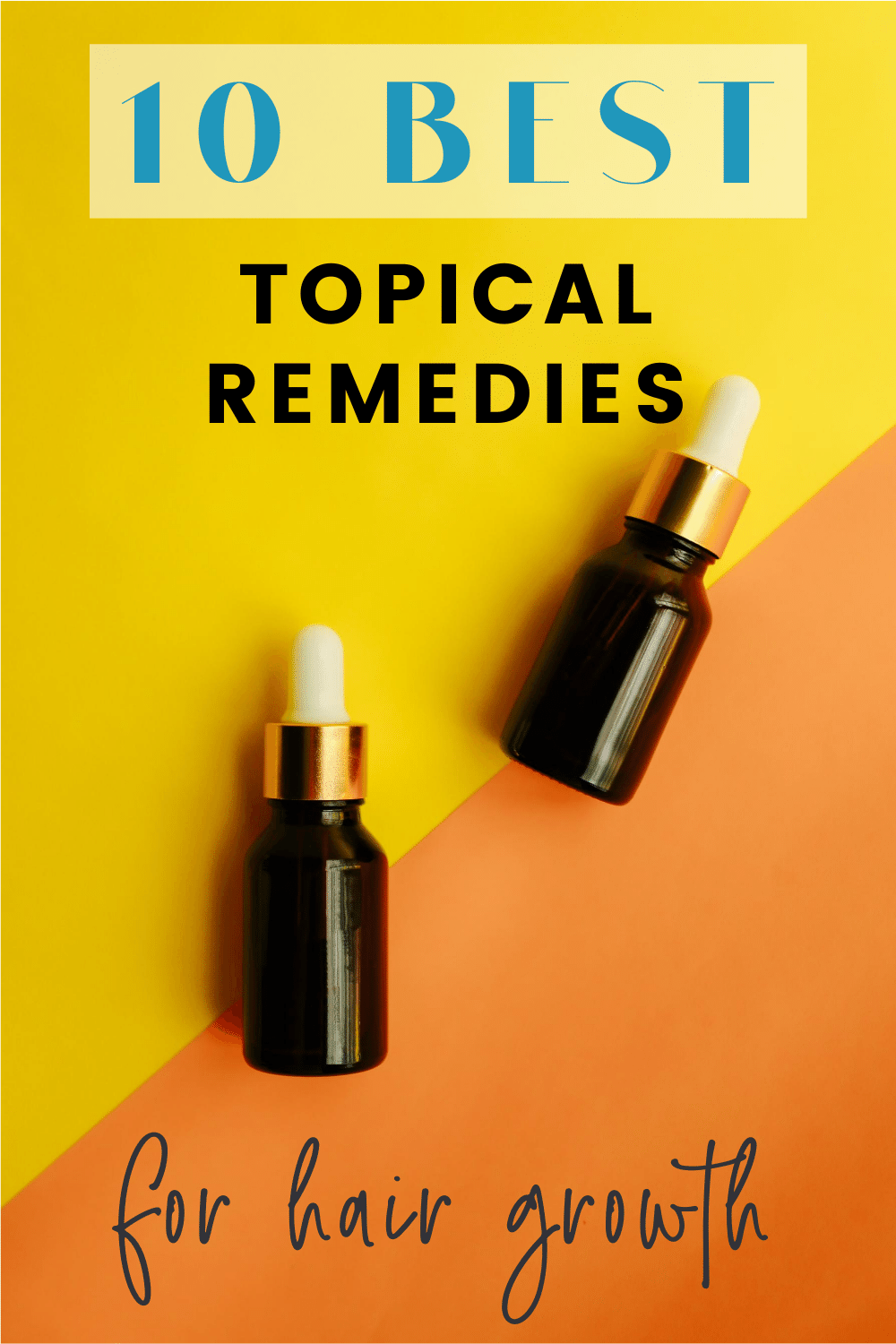
The views expressed in this post are for informational purposes only. This post is not, nor is it intended to be, a substitute for professional, medical, or nutritional advice, diagnosis, or treatment, and should never be relied upon for professional, medical or nutritional advice, diagnosis, or treatment.
No content on talorae.com, including but not limited to pictures, graphics, videos, and text, may be republished or distributed, for financial gain or not, without my written permission.
As an Amazon Associate I earn from qualifying purchases. The above content may contain affiliate links, meaning I do get a commission when you make a purchase through those links. There is no additional cost to you. Please read my disclaimer for more info.
